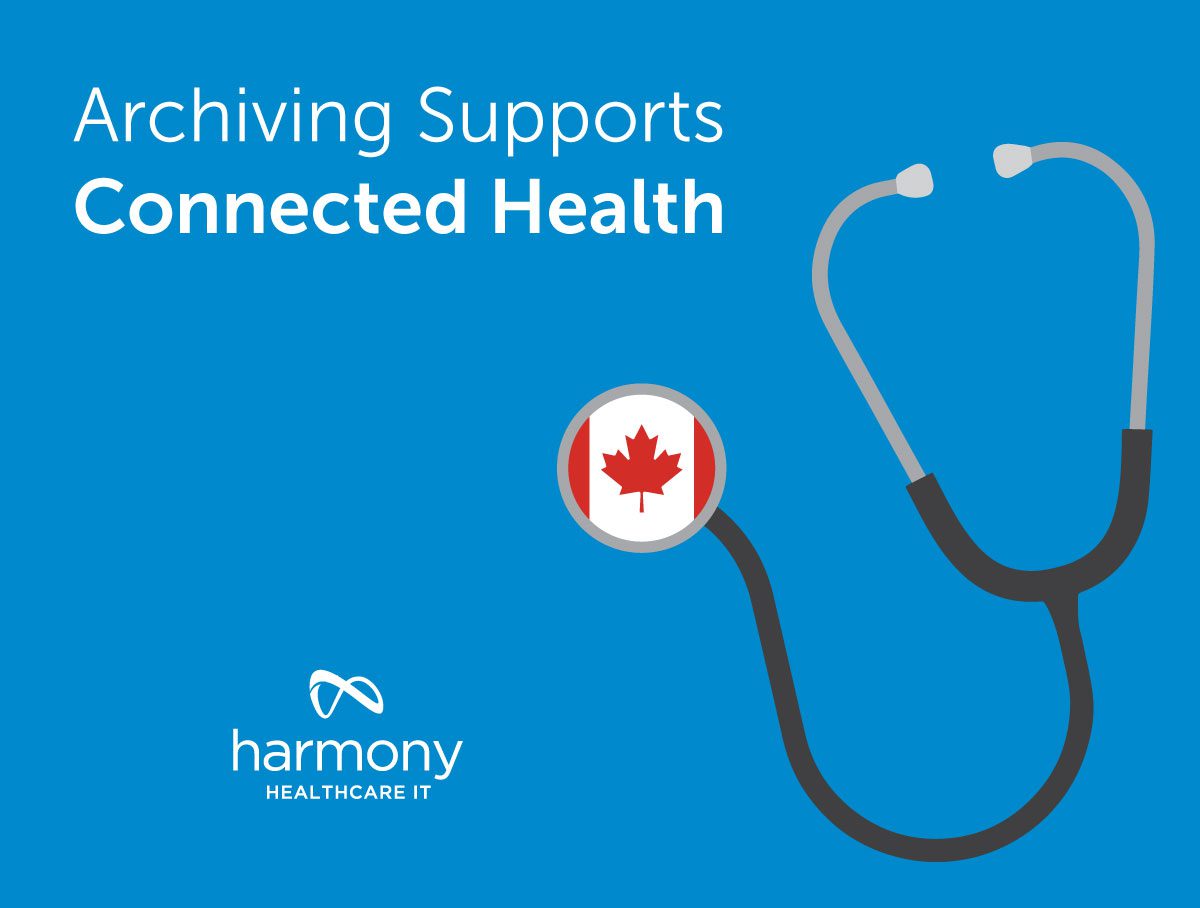
Since the Canada Health Infoway nonprofit was created in 2000 to accelerate EHR implementation across the country, there have been many steps forward, and some hurdles. This is much like what is happening in other developed countries. While interoperability still is reported as a chief barrier, bright spots are API, voice recognition, machine learning development and pockets of healthcare provider organizations making significant strides in EMR adoption and their abilities to share information.
To date, seven Canadian medical facilities have achieved Stage 7 of the HIMSS EMR adoption with an additional ten currently at Stage 6. The Stage 7 certification is the highest level and measures clinical outcomes, patient engagement, and clinician use of EMR technology to strengthen organizational performance and health outcomes across patient populations. That said, there is a long way to go toward nationwide interoperability.
In the near term, the Canadian healthcare system is expected to see a greater focus on presenting meaningful data to clinicians with smart searches, analytics and predictive modeling that will move big data to actionable data and improve patient care. This is good news for the estimated 500,000 potential EHR users, known as healthcare professionals in Canada.
Today there are numerous digital health advances in Canada that link patient registries and providers with drug, lab and diagnostic imaging systems, clinical reports and immunizations. About 93 percent of primary care physicians currently use EMRs and 100% of Canadians have at least one hospital clinical report, or their immunization available in electronic form. In addition, authorized clinicians can access this information outside of a hospital.
Supporting this effort, some of the biggest U.S.-based EHR companies have significant business interests in Canada, specifically: MEDITECH, Epic and Oracle Cerner. With medical record retention ranging from 5-16 years (depending on the specific rules from the Province or territory), with some records required for an additional 10 years after the patient reaches the age of maturity, there is a need for clinical, HIM, legal, research and other professionals to retain access to patient and business records for decades.
The goal in Canada is for a better-connected health information system
There is a push in Canada for a more connected health system. The chief benefits would include health system savings of $1 billion per year, with most benefits attributed to: reduced duplication of diagnostic testing, more effective use of inpatient settings, more effective use of emergency department and more effective ambulatory interactions.
The road to EHR adoption and advancement is unique in Canada as provinces and territories are responsible for developing their own electronic information systems, with national funding. Overall, EHR interoperability is limited and patients have reduced access to their own health records.
There is room for growth with health information management in Canada, and the four main drivers include:
- The need to improve performance and increase the sustainability of the health system
- The shifting expectations of the approximately 38.7 million Canadians
- The growth of digitized health data to support healthcare insights and inform care
- The advances that make certain new technologies more viable and easier to use, and traditional ones more cost-effective
EHR system replacement is a natural part of health information evolution
As EHR systems are upgraded and replaced, often there is a need to retain access to the health and business records for many years following a system replacement. As such, a record retention strategy and active archive plan will be needed.
An active archive supports long-term health data retention requirements
While there isn’t a one-size-fits-all answer for legacy data availability, HealthData Archiver® offers the flexibility necessary and ensures critical health data is available when, where and how it is needed. This improves work flows, provides accurate data for patient care, and supports efficient search.
As EHR systems age or are replaced with a new go-forward platform, there are decisions that need to be made about how much data should be migrated to the go-forward EHR and how to securely store the remaining legacy data in an active EHR archive.
Security concerns exist in Canada, just as there are similar issues as in other areas around the world with bad actors coming from both inside and outside the provider organizations. As a HITRUST certified vendor, we join global organizations who follow the rigorous HITRUST protocols across healthcare and all industries to safeguard sensitive information and manage information risk. We’ve developed a resource with 10 privacy and security questions to ask your future data archiving partner to make sure your data is safe.
The data management experts at Harmony Healthcare IT deliver data where it is needed
We work with healthcare teams in Canada to map out and perform extraction, migration, conversion and long-term data management strategies based on retention guidelines and the organization’s needs. It’s important that your health data is available and actionable in either the go-forward EHR or the active archive. Further, our team can customize features to meet your specific needs, should that be that the archive support French and English records or other unique features needed within your organization.
Strong, useful product features also support the fact that 100% of clients surveyed by KLAS Research report that Harmony Healthcare IT is part of their organization’s long-term plans. Our experience with more than 550 different EMR systems, means Harmony Healthcare IT team members stand ready to roll up their sleeves and help healthcare IT teams in Canada work through their health data management projects.
Are you ready to organize your health data and offer clinicians a Single Sign-On to maintain ongoing access to complete patient records?
Let’s connect.
This blog is updated from a previous version published on Feb 18 2021






